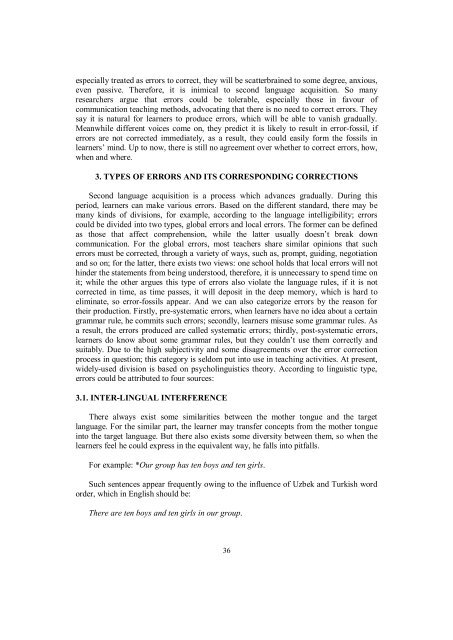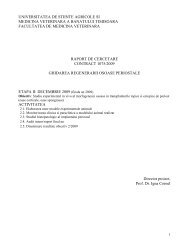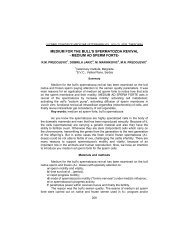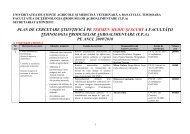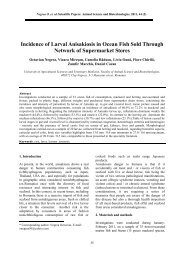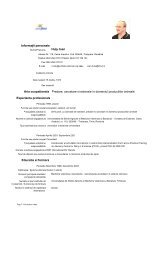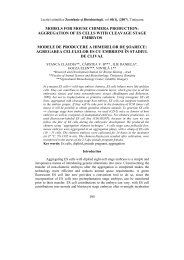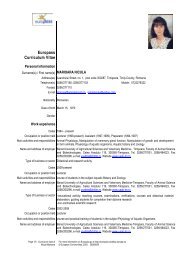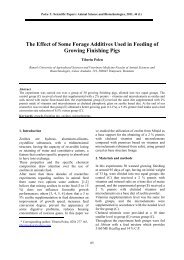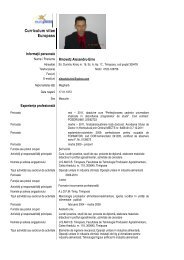journal of linguistic studies
journal of linguistic studies
journal of linguistic studies
Create successful ePaper yourself
Turn your PDF publications into a flip-book with our unique Google optimized e-Paper software.
especially treated as errors to correct, they will be scatterbrained to some degree, anxious,<br />
even passive. Therefore, it is inimical to second language acquisition. So many<br />
researchers argue that errors could be tolerable, especially those in favour <strong>of</strong><br />
communication teaching methods, advocating that there is no need to correct errors. They<br />
say it is natural for learners to produce errors, which will be able to vanish gradually.<br />
Meanwhile different voices come on, they predict it is likely to result in error-fossil, if<br />
errors are not corrected immediately, as a result, they could easily form the fossils in<br />
learners’ mind. Up to now, there is still no agreement over whether to correct errors, how,<br />
when and where.<br />
3. TYPES OF ERRORS AND ITS CORRESPONDING CORRECTIONS<br />
Second language acquisition is a process which advances gradually. During this<br />
period, learners can make various errors. Based on the different standard, there may be<br />
many kinds <strong>of</strong> divisions, for example, according to the language intelligibility; errors<br />
could be divided into two types, global errors and local errors. The former can be defined<br />
as those that affect comprehension, while the latter usually doesn’t break down<br />
communication. For the global errors, most teachers share similar opinions that such<br />
errors must be corrected, through a variety <strong>of</strong> ways, such as, prompt, guiding, negotiation<br />
and so on; for the latter, there exists two views: one school holds that local errors will not<br />
hinder the statements from being understood, therefore, it is unnecessary to spend time on<br />
it; while the other argues this type <strong>of</strong> errors also violate the language rules, if it is not<br />
corrected in time, as time passes, it will deposit in the deep memory, which is hard to<br />
eliminate, so error-fossils appear. And we can also categorize errors by the reason for<br />
their production. Firstly, pre-systematic errors, when learners have no idea about a certain<br />
grammar rule, he commits such errors; secondly, learners misuse some grammar rules. As<br />
a result, the errors produced are called systematic errors; thirdly, post-systematic errors,<br />
learners do know about some grammar rules, but they couldn’t use them correctly and<br />
suitably. Due to the high subjectivity and some disagreements over the error correction<br />
process in question; this category is seldom put into use in teaching activities. At present,<br />
widely-used division is based on psycho<strong>linguistic</strong>s theory. According to <strong>linguistic</strong> type,<br />
errors could be attributed to four sources:<br />
3.1. INTER-LINGUAL INTERFERENCE<br />
There always exist some similarities between the mother tongue and the target<br />
language. For the similar part, the learner may transfer concepts from the mother tongue<br />
into the target language. But there also exists some diversity between them, so when the<br />
learners feel he could express in the equivalent way, he falls into pitfalls.<br />
For example: *Our group has ten boys and ten girls.<br />
Such sentences appear frequently owing to the influence <strong>of</strong> Uzbek and Turkish word<br />
order, which in English should be:<br />
There are ten boys and ten girls in our group.<br />
36


